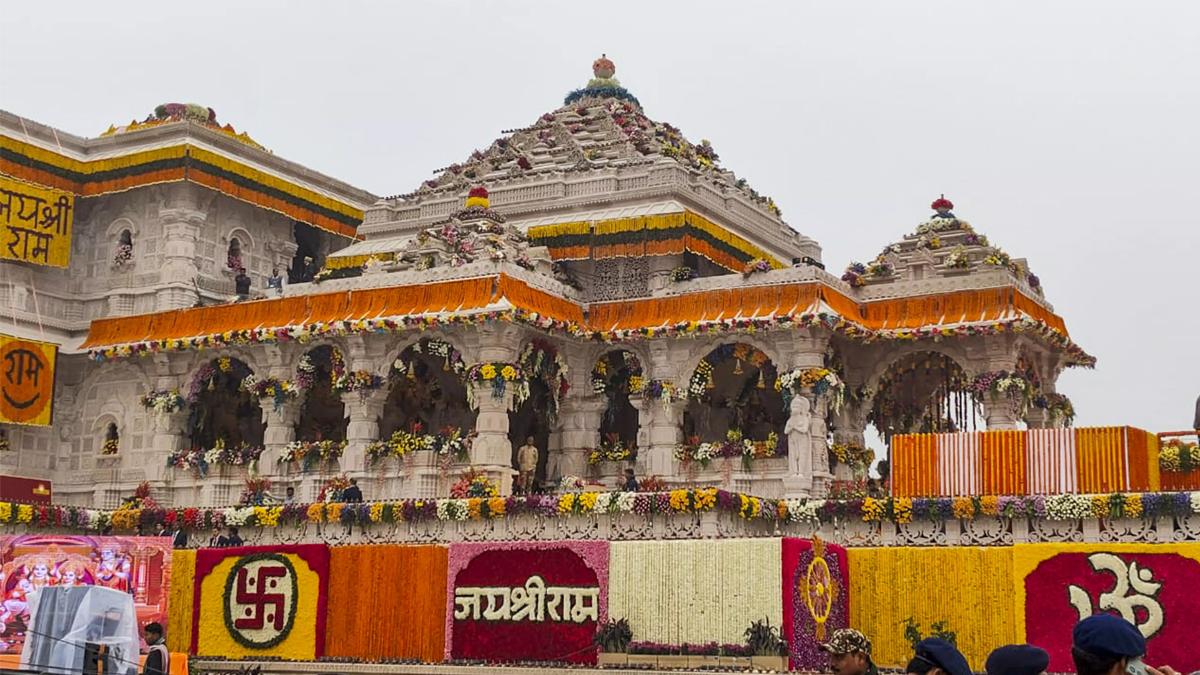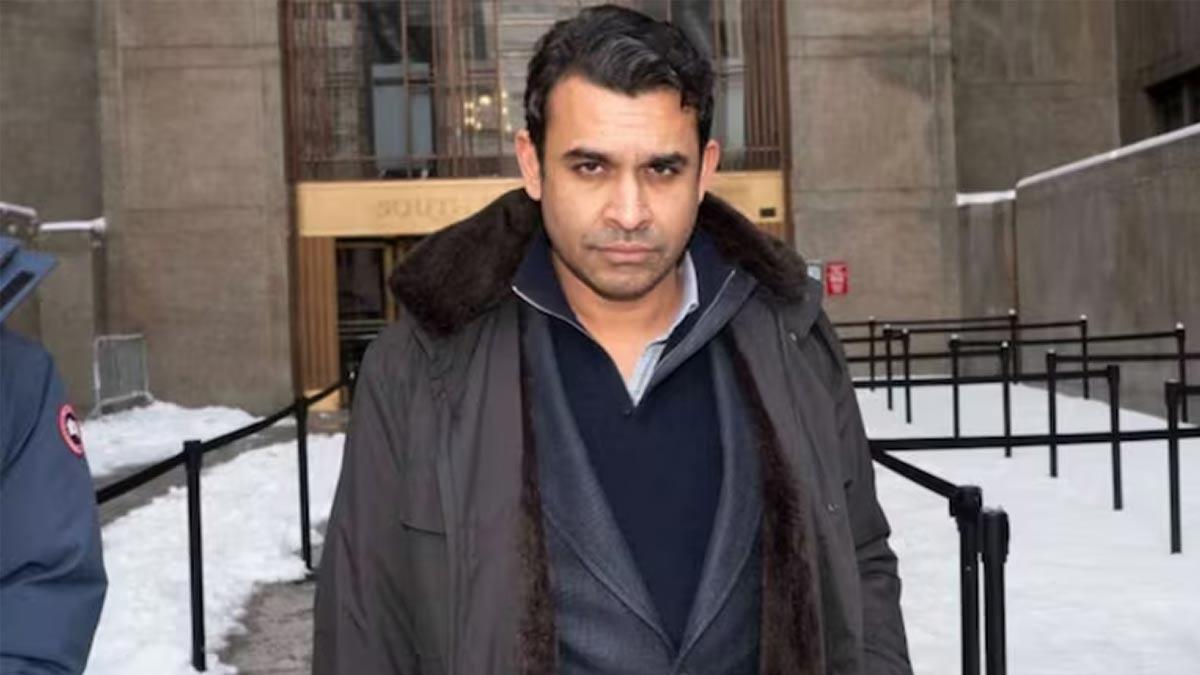Ayodhya, once characterized by security barricades and a sense of dormancy, has undergone a transformative journey fueled by substantial infrastructure development, centering around the grand Ram temple. The 2019 Supreme Court verdict on the Ramjanmabhoomi-Babri Masjid issue acted as a catalyst for this metamorphosis, turning the once-sleepy town in Uttar Pradesh into a vibrant pilgrimage city.
Marking a historic moment, the consecration ceremony at the newly-built Ram temple, scheduled for Monday, will be graced by Prime Minister Narendra Modi and over 7,000 guests. Preceding this 'Pran Pratishtha' are a series of infrastructural projects, shaping Ayodhya into what the government terms a 'Bhavya, Divya, and Navya Ayodhya.'
Ayodhya's evolution includes a new airport, a revamped railway station, expanded roads like Ram Path and Dharm Path, multi-level car parking facilities, e-buses, a multilingual tourist app, and upcoming luxury hotels. This development aligns with Prime Minister Modi's vision of 'Vikas bhi, Virasat bhi,' integrating modern amenities while preserving the city's rich heritage associated with Lord Ram's birth.
Both the airport and railway station showcase sandstone cladding inspired by the architectural elements of the newly built Ram temple, constructed in the traditional Nagara style. Standing at 380 feet long, 250 feet wide, and 161 feet high, the temple boasts three floors, each 20 feet high, with 392 pillars and 44 gates.
To facilitate devotees' access to the temple, the government has revamped four roads, including the 13-km Ram Path. This redevelopment involved partial demolitions, resulting in widened streets with uniform facades, ornamental lamp posts, and tourist attractions like the 40 Surya Stambhs along Dharm Path and Lata Mangeshkar Chowk.
This infrastructure overhaul has redefined Ayodhya, prompting a surge in visitors who now wish to stay longer and explore the city's offerings beyond religious sites. The growth is evident in the emergence of new budget hotels, lodges, and homestays, marking a departure from the limited overnight stays in the past.
Ayodhya's growth story, once hindered by the Mandir-Masjid dispute, has gained momentum with the construction of the Ram temple, bringing forth not just religious significance but also propelling the city's overall development. As the excitement builds for the 'Pran Pratishtha' ceremony, Ayodhya's transformation stands as a testament to the confluence of tradition and progress.
(With Agency Inputs)
ALSO READ | India today is proud of its traditions, culture and history, EAM S. Jaishankar


















